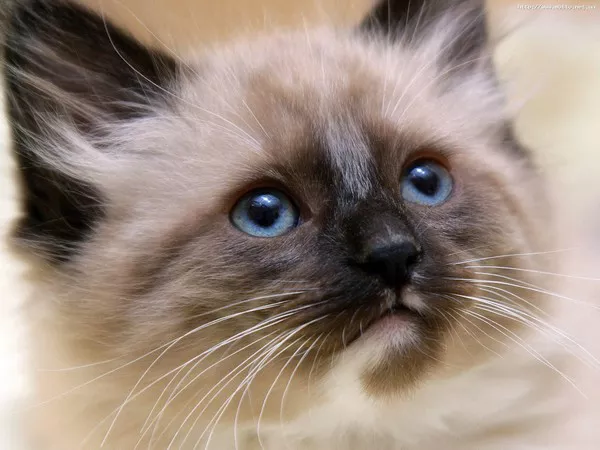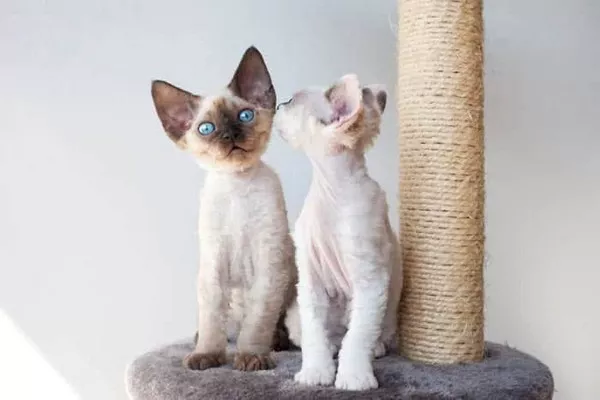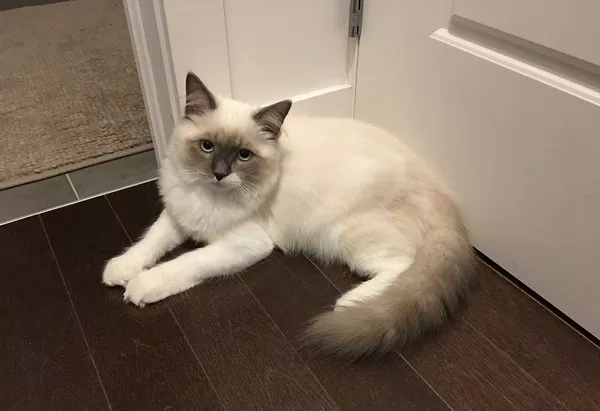Cats, with their enigmatic behaviors, have been captivating human hearts for centuries. Among the various peculiar behaviors exhibited by our feline companions, the tendency to sleep on our heads and faces often raises questions. In this article, we will delve into the reasons behind this seemingly odd behavior, explore its significance in the feline world, and provide insights into understanding our cats’ unique bond with us.
Feline Sleep Patterns and Preferences
1. Nocturnal Animals
Cats are known for their nocturnal nature, with most of their hunting and exploration activities occurring during the night. This natural instinct is rooted in their wild ancestry.
2. Sleeping Habits
Cats are polyphasic sleepers, meaning they have multiple sleep cycles throughout the day and night. They often engage in short periods of deep sleep followed by lighter phases of rest.
The Warmth and Comfort Factor
1. Heat-Seeking Behavior
Cats are naturally drawn to warm and cozy spots. Our heads and faces radiate warmth, making them attractive spots for a cat seeking comfort.
2. Bonding Through Body Heat
Cats may perceive sleeping on our heads and faces as a way to bond and share body heat, mirroring the warmth they experience when nestled close to their feline family members.
Scent and Familiarity
1. Scent-Marking Behavior
Cats have scent glands located around their face, and when they rub against us, they leave their scent behind. Sleeping on our heads and faces could be a way for cats to mark us with their scent and establish a sense of ownership.
2. Comfort in Familiar Scents
Cats are known for their acute sense of smell. By sleeping on our heads and faces, they surround themselves with familiar scents, which can provide a sense of security and relaxation.
Social and Emotional Attachment
1. Social Hierarchy
In a feline group, individuals exhibit social hierarchy, and close physical contact is a way of showing social bonding. By sleeping on our heads and faces, cats may view us as part of their social circle.
2. Seeking Affection
Cats often display affection through grooming and physical closeness. Sleeping on our heads and faces could be their way of seeking affection and displaying their attachment to us.
Seeking Attention and Interaction
1. Attention-Seeking Behavior
Cats are known for their ability to get our attention in various ways. Sleeping on our heads and faces might be a method to ensure we notice and interact with them, even while we’re resting.
2. Interrupting Patterns
Cats may notice our stillness while sleeping and see it as an opportunity to engage us in play or interaction, adding an element of unpredictability to their behavior.
Expert Insights and Recommendations
1. Veterinary Perspectives
According to Dr. Sarah Thompson, a veterinarian specializing in feline behavior, “Cats have complex motivations for their behaviors, and sleeping on their human’s head or face can be a combination of seeking warmth, displaying affection, and maintaining their social bonds.”
2. Providing Alternatives
To balance the need for bonding while ensuring quality sleep, experts suggest providing comfortable bedding and cozy spots for your cat to rest in close proximity to you, without disrupting your sleep patterns.
Conclusion
In conclusion, the mystery of why cats choose to sleep on our heads and faces can be attributed to a combination of their natural instincts, their need for warmth and comfort, and their desire for social and emotional attachment. By understanding these underlying reasons, cat owners can gain insight into their feline companions’ behavior and deepen their connection with them. While the behavior might seem quirky or even inconvenient at times, it’s a testament to the unique and complex bond shared between cats and their human counterparts.























